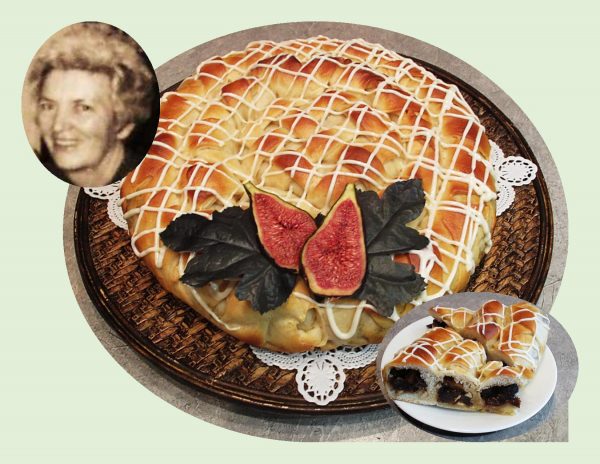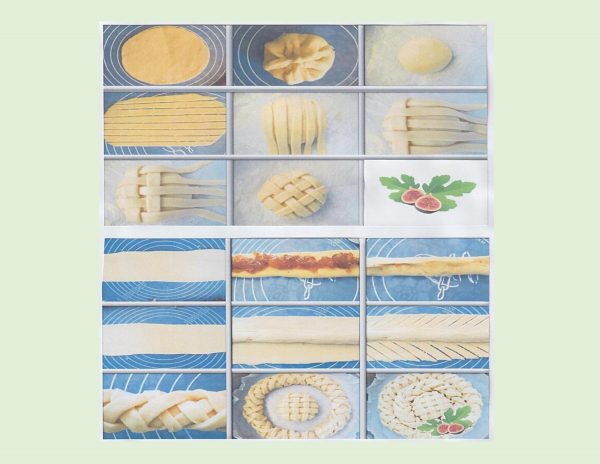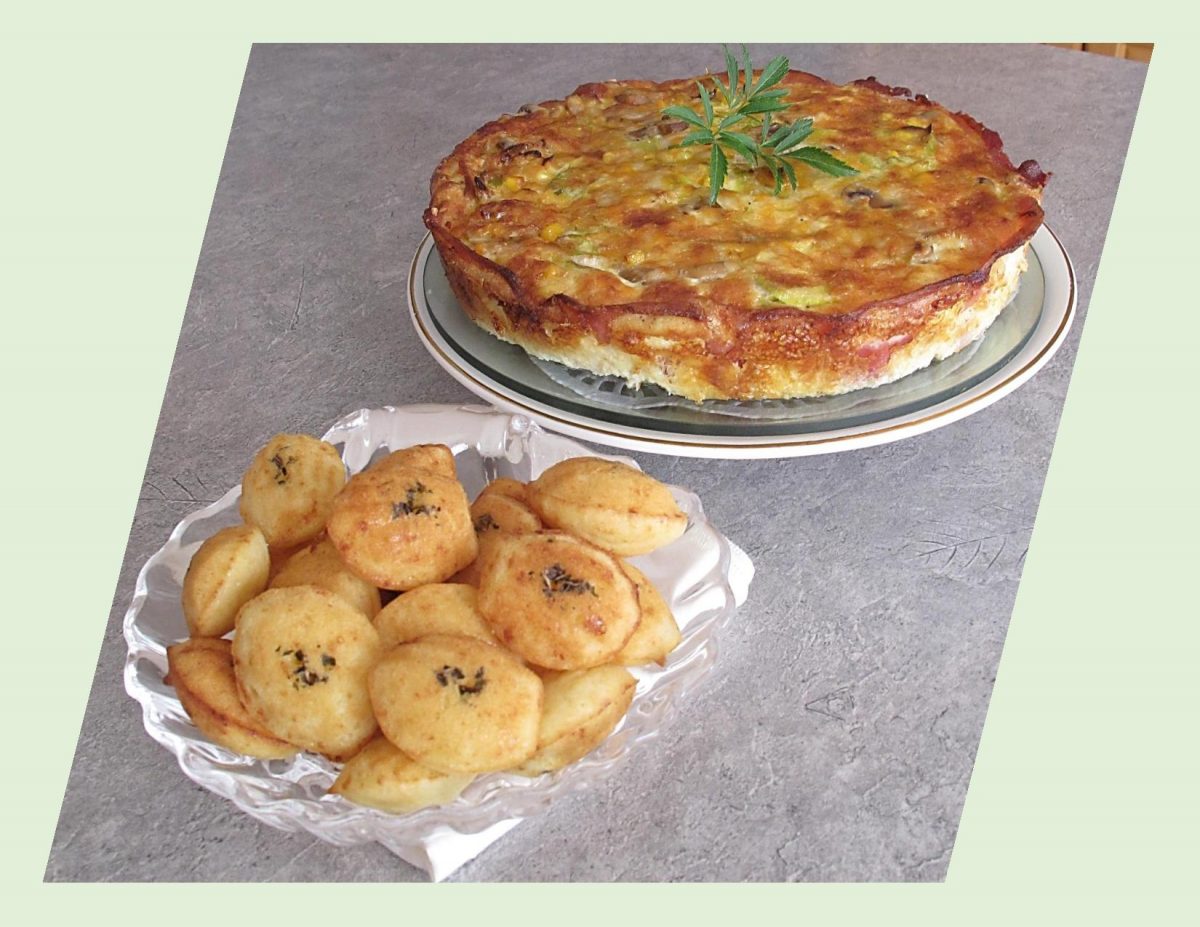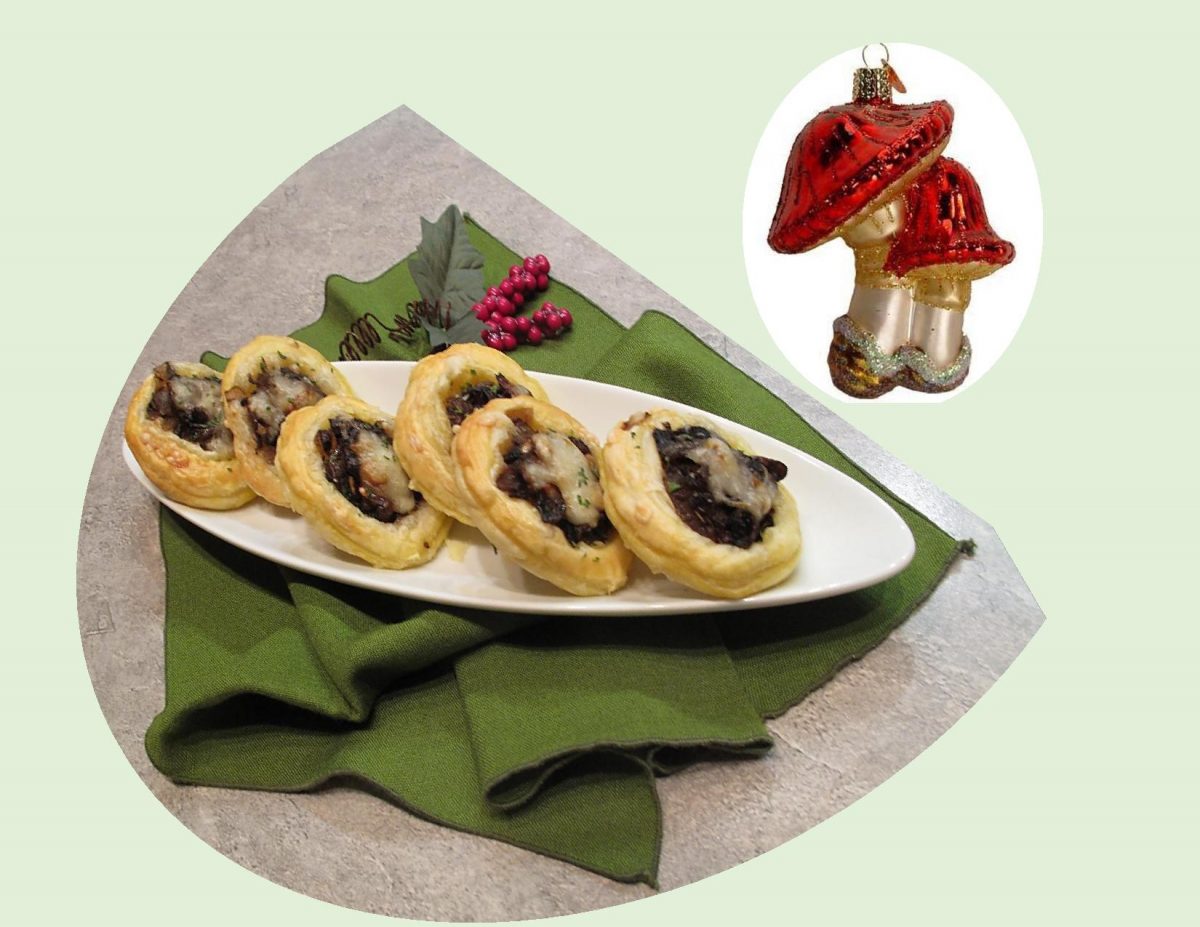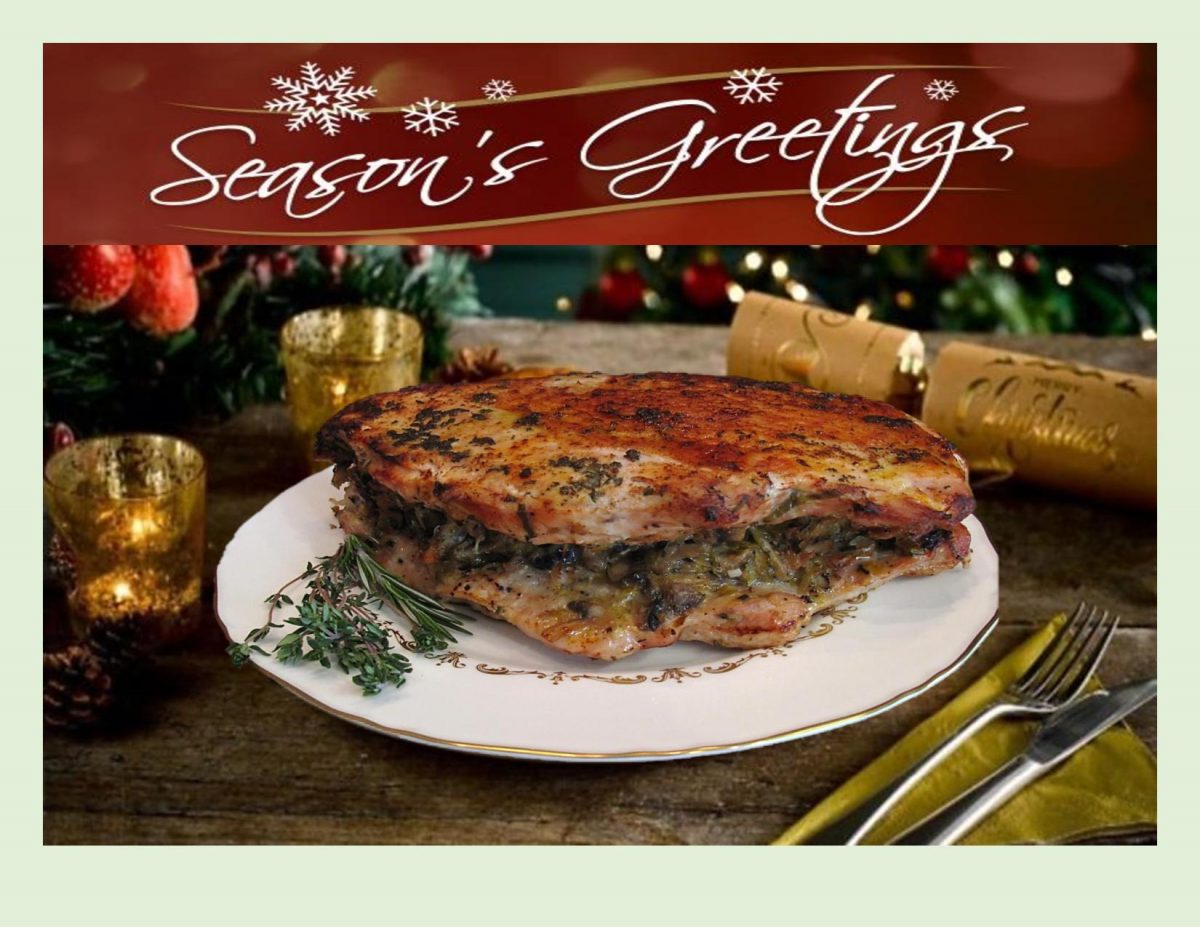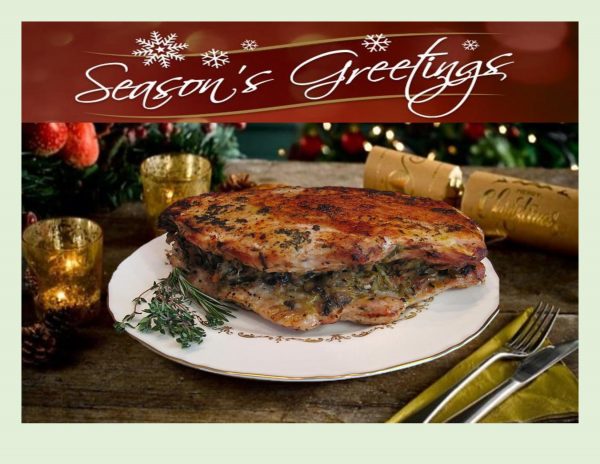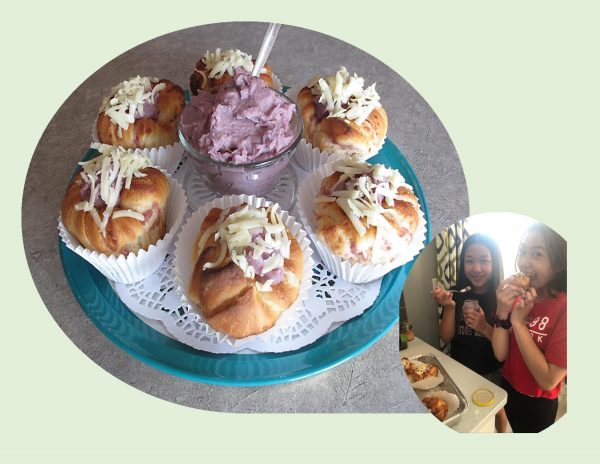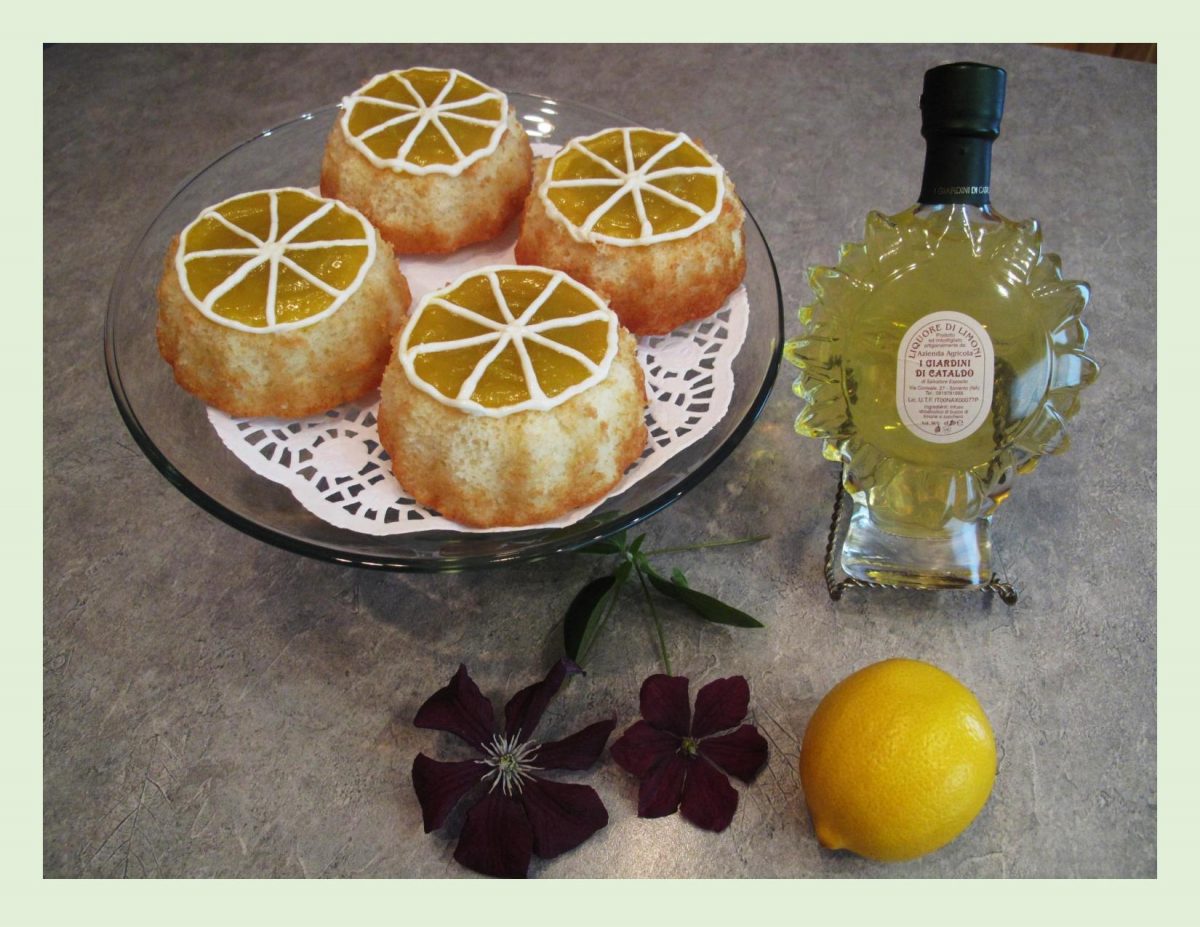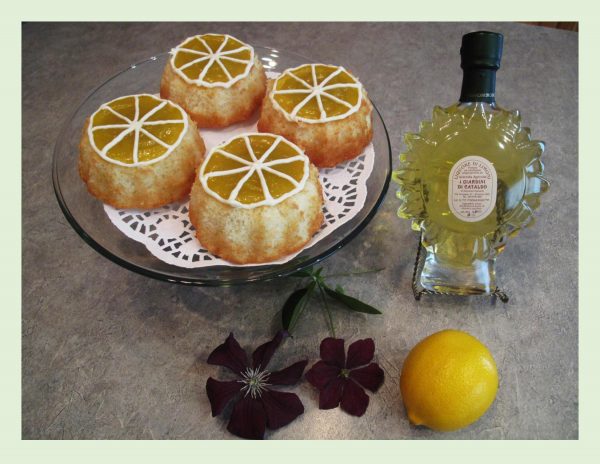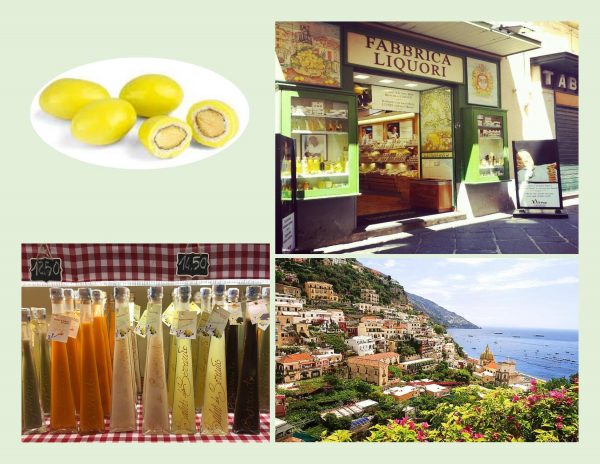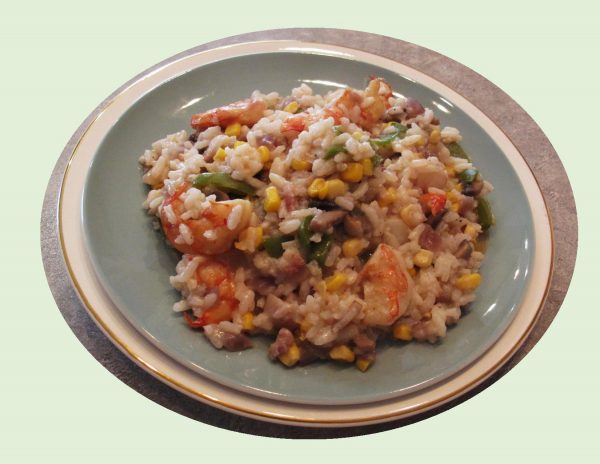Thanks for the memories! This phrase says it all when I think back to the wonderful time we spent in France. Although this holiday is now 20 years past, the memories remain very vivid and special.
My sister, Loretta had joined Brion & I on this French vacation which had made it even more special. Our journey began in Paris where we had rented a car, then travelled south (about 613 km/380 miles) to the sleepy little village of St Thibery. For this segment of our trip we had rented an apartment to use as ‘home base’ during our time in this part of France. Many of these houses are from the 14th,15th & 17th century. The apartment was quaint but adequate even having a roof top patio.
St Thibery is situated between the larger towns of Agde & Pezenas and is just a short distance from the Mediterranean Sea. On one of our day trips we visited the town of Agde. It is one of the oldest towns in France and is captivating by its maze of narrow streets. Agde was built of black basalt from a volcanic eruption thus the black color of its buildings.
It was here we discovered a nice restaurant where we enjoyed some classic French steamed mussels. It would be an understatement to say how much the three of us enjoyed this feast of fresh seafood.
During the time we spent in the area, we made the 20 minute drive from St Thibery to Agde just to have some more mussels on numerous evenings.
Brion & I decided to revisit the taste of those ‘French’ mussels today with our supper meal. Of course, nothing compares to the ‘taste of a memory’!

| Servings |
|
- 5 cups vegetable broth
- 4 slices bacon, chopped
- 3 small leeks, halved, washed & chopped
- 250 gm fresh mushrooms, sliced
- 1 large shallot, chopped
- salt & pepper
- 2 cloves garlic, minced
- 1 cup Arborio rice
- 1/4 cup dry white wine
- 1 Tbsp fresh thyme, chopped
- 1/4 cup Parmesan cheese, grated
- 2 Tbsp olive oil
- 1 Tbsp unsalted butter
- 1 onion, finely chopped
- 1 kg mussels, cleaned
- 1 cup dry white wine
- 1/2 cup heavy cream
- 1/4 cup unsalted butter
- 1/4 cup fresh parsley, chopped
- salt & pepper to taste
- 1 Tbsp fresh lemon juice
Ingredients
Risotto
Mussels
|

|
- Bring vegetable broth to a boil in a saucepan, then turn heat to low & keep at a simmer.
- Heat a large skillet over medium heat; add bacon & sauté until crisp. Remove to a paper towel lined plate to drain & set aside.
- Remove all but 2 Tbsp bacon drippings from skillet (add extra olive oil if necessary to equal 2 Tbsp) then add leeks, mushrooms & shallot. Turn heat up to medium-high; season with salt & pepper. Sauté until vegetables are tender & starting to turn golden brown, about 7-8 minutes. Add garlic & sauté for 1 minute. Add rice; stir to coat & cook for 1 more minute.
- Turn heat back to medium; add wine & stir until absorbed by rice. Add hot vegetable broth; stir near constantly until rice is tender & all the broth is absorbed, about 25 minutes. If broth gets to a hard boil, turn heat down. Remove skillet from heat; stir in thyme, parmesan cheese & cooked bacon. Keep warm until mussels are ready.
- Heat olive oil & butter in a large pot over medium high heat. Sauté the onion & garlic until softened, about 5 minutes.

- Add the mussels, wine, cream, butter & parsley. Season well with salt & pepper to taste.

- Mix well, cover pot with a lid & cook until mussels are cooked through & opened, about 12-15 minutes.

- Serve mussels along with the juices in the pan with risotto & crusty or garlic bread.










